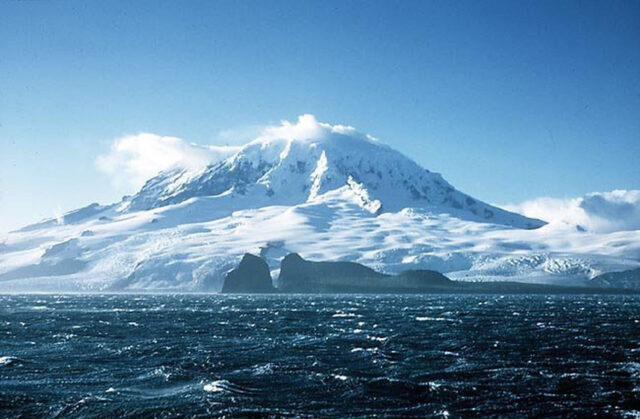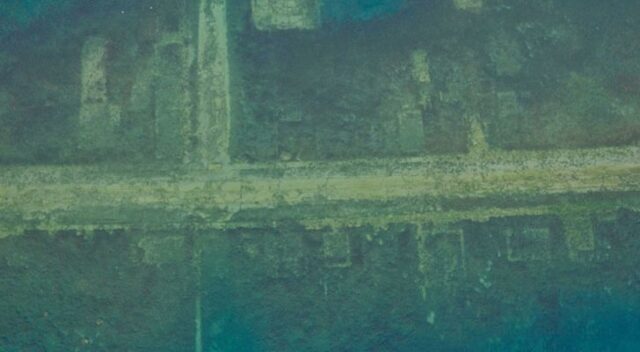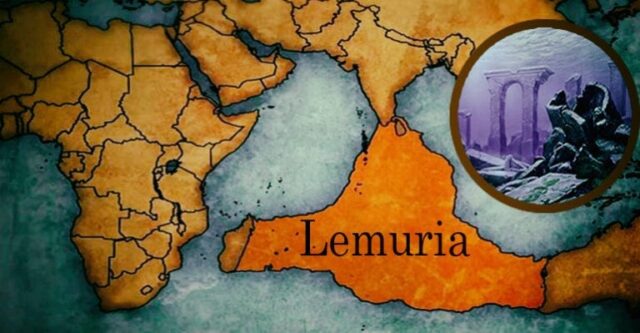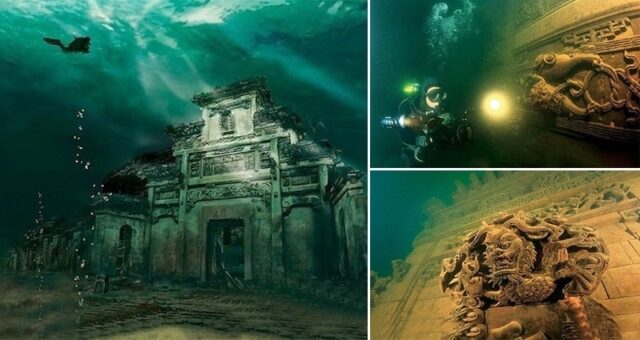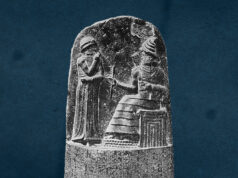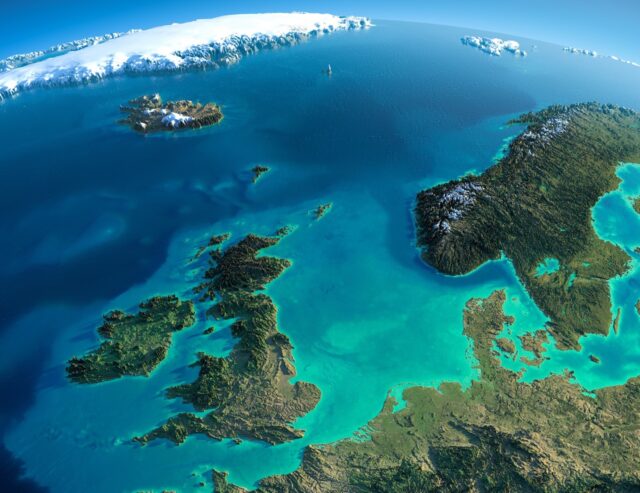
Today, our planet looks completely different compared to 335 million years ago. In fact, there was only one giant continent back then, and it is known as Pangaea.
Over time, Pangaea started to separate into multiple smaller landmasses, which eventually become the continents we know today. As the massive land was breaking down and changing its looks, not all its parts remained on the surface.
Unfortunately, some were “swallowed” by the ocean, reappearing on the surface a few times before submerging for good.
8South Talpatti/New Moore Island in Bay of Bengal
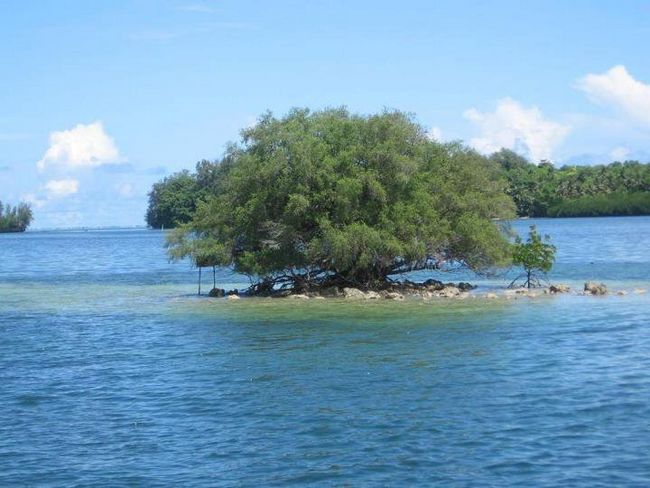
This island has two different names – India calls it New Moore Island, whereas Bangladesh calls it South Talpatti Island. A devastating tropical cyclone caused the small island to surface in 1971, and it became the main cause of clashes between India and Bangladesh, as both countries claimed the island as their own.
The island was rich in oil and on one occasion, a diplomatic conflict broke out in which India stationed its Border Security Force on it. Much to the surprise of both India and Bangladesh, the island got submerged in 2010.
7Lohachara Island in India
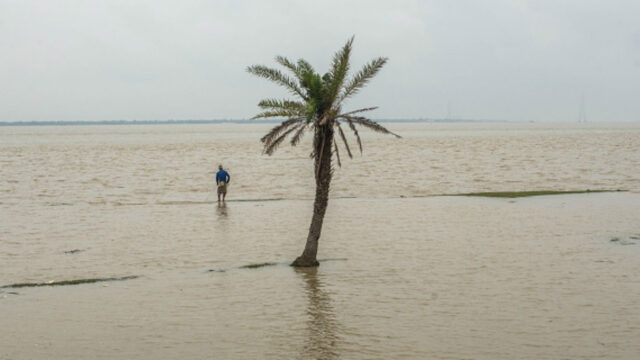
Being among the islands that have sunk quite recently due to climate change, Lohachara Island in India got submerged in 2006. Around 10,000 people lived on it in the past, however, as it was slowly sinking, a great number of its inhabitants were forced to escape to another island.
Not only did the poor inhabitants have to move, but they also lost all their property and possessions. However, the island they escaped to, Sagar Island, could also sink soon due to climate change.
6Bering Land Bridge
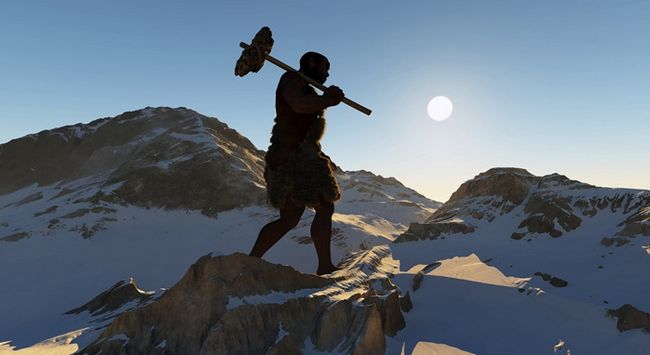
Thousands of years ago, Asia and North America were connected by a land bridge, also known as Beringia. It is presumed that this was the first route humans took to get to North America.
Beringia is not completely submerged, as its parts are adjoined to northwest Alaska and eastern Russia. Although it is completely barren and uninhabited now, historians presume that it was inhabited about 10,000 years ago, before its inhabitants eventually moved to Alaska.
5The Lost Continent
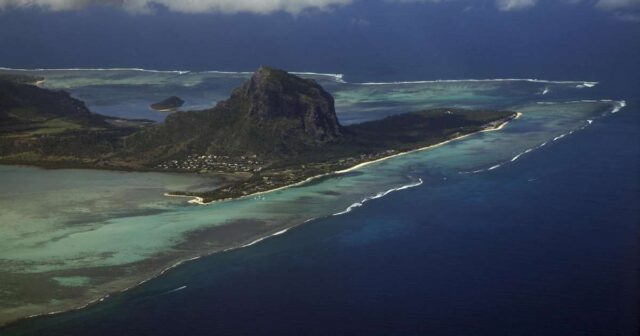
Although it may sound quite incredible, Mauritia used to be a small continent before it sank into the Indian Ocean. Its largest part is now located beneath Mauritius, but its other parts were even found near Seychelles. What helped experts discover Mauritia was a crystal named zircon that could endure both chemicals and erosion.
Since it was not possible for Mauritius to naturally create those crystals, and since they were 2 billion years old, as opposed to Mauritius which came into existence 9 million years ago, experts suggested that they must have originated from another landmass.
Much like Mauritia, the Kerguelen Plateau used to be a tiny continent, before turning into one of the greatest volcanic plateaus on the planet.
Being located beneath the Polar Front, it surfaced approximately three times in 80 million years. It was on the surface for about 40 million years, only to sink again 20 million years ago.
It was discovered in 1772 by Kerguelen-Trémarec, an explorer from France, who was on an expedition to find the mysterious Terra Australis continent.
During the 1950s, nine communities in Ontario were sunk on purpose during the construction of the revolutionary Saint Lawrence Seaway.
Around 6,500 people lost their homes and received new houses from the government. The authorities also relocated the highways and railway tracks, however, many cemeteries were not moved except for Maple Grove since it prevented the construction from progressing.
Sundaland used to be yet another microcontinent before it was submerged 19,000 years ago. What caused it to sink was a rise of sea level that followed the Ice Age. Before it sank, Sundaland was twice as big as India. It is presumed that Sundaland could have been what Plato referred to as Atlantis, though some assume it could also be Lemuria, another mythical continent.
Shicheng, also known as Lion City, was a real and beautiful city in China which had existed for 1,300 years before being intentionally submerged.
The construction of a new hydropower station in 1959 caused the relocation of more than 300,000 residents. Archaeologists and other experts refer to this city as a time vault due to numerous structures and carvings that remained underwater, exquisitely preserved.

